Volvo’s long-haul electric truck to feature 780 kWh battery
Volvo Trucks is giving another glimpse of its long-haul electric truck. The Swedes have now confirmed, for instance, that the new electric truck will be able to reach a gross combination weight of up to 48 tonnes (where permitted) and offer a payload ‘close to that of a conventional diesel truck’.
The new electric flagship will be named FH Aero Electric. The full unveiling is planned for Q2 2026, at which point Volvo Trucks also intends to open the order books. That said, letters of intent to purchase the model – which has been specifically developed for long-distance transport – can already be submitted.
This makes it clear that Volvo Trucks will not quite meet its previously published schedule. Back in September 2024, the company had still planned to launch the long-haul version of the FH Electric in 2025, while sister company Renault Trucks was targeting a 2026 release. Now, at least for Volvo, the roadmap has slipped by a minimum of six months.
Eight instead of six battery packs
On the technical side, the FH Aero Electric introduces a new e-axle that consolidates all drive components – including electric motors and transmission – at the rear of the vehicle. This architecture frees up additional space between the side members to accommodate more battery packs. As a result, the long-haul truck can carry up to eight battery packs (instead of the six in the current FH Electric), bringing the vehicle to a total installed battery capacity of 780 kWh gross – more than any other series-production truck currently available or announced. However, the usable capacity has not yet been specified.
Volvo Trucks does not provide any further technical details at this point. But a simple calculation (assuming equally sized packs) puts each pack at 97.5 kWh. Until now, Volvo Trucks has been fitting up to six NCA batteries of 90 kWh each, enabling a maximum configuration of 540 kWh. It is unclear whether the developers have retained and refined the NCA cell chemistry or switched to other cells or chemistries. However, the high gross energy content of 780 kWh could suggest that a ternary battery chemistry is still in use, where the gap between gross and net energy is typically larger than in LFP batteries (for example, the Mercedes-Benz eActros uses three LFP packs with a combined gross capacity of 621 kWh, around 600 kWh of which is usable).
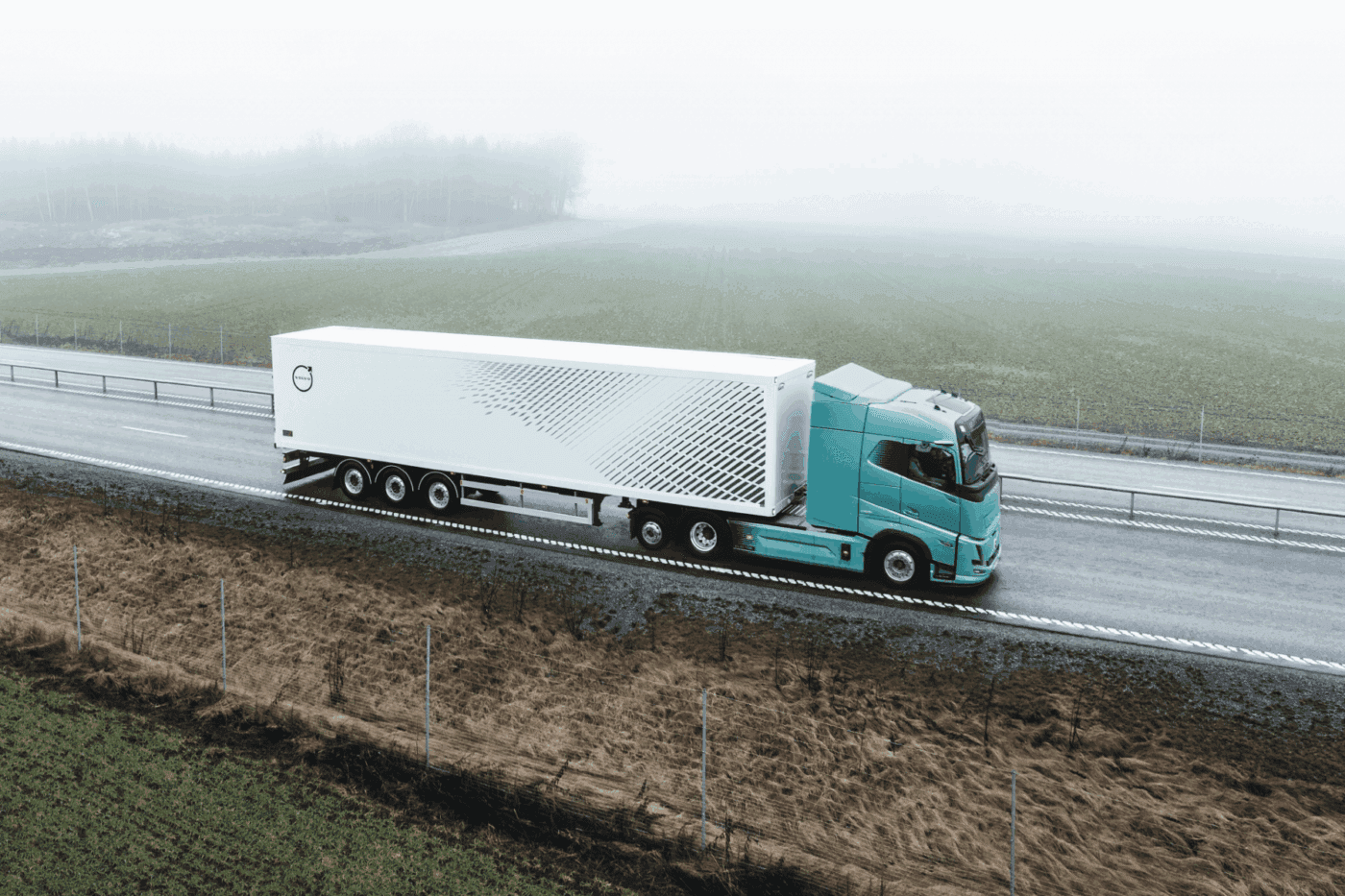
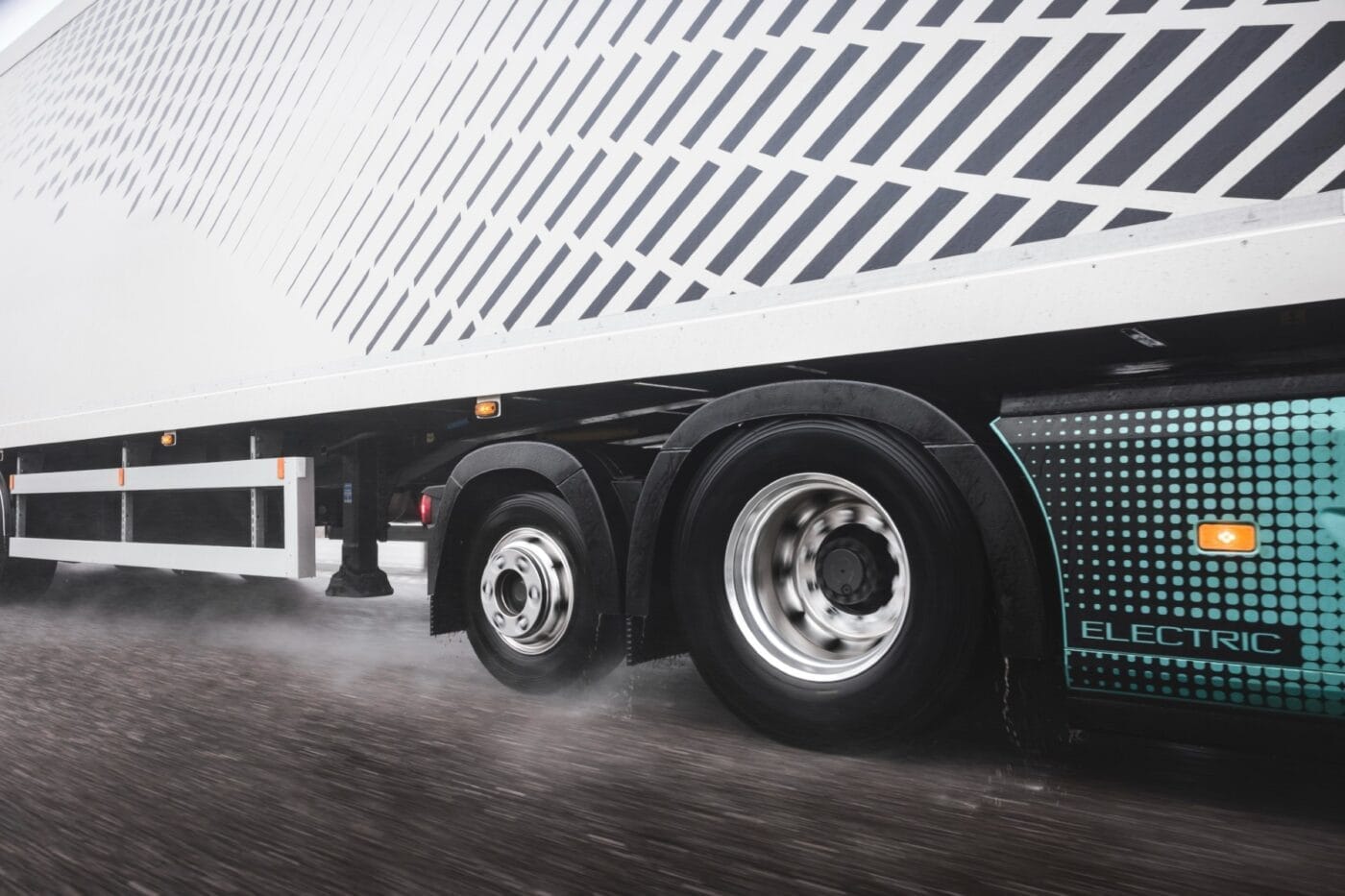
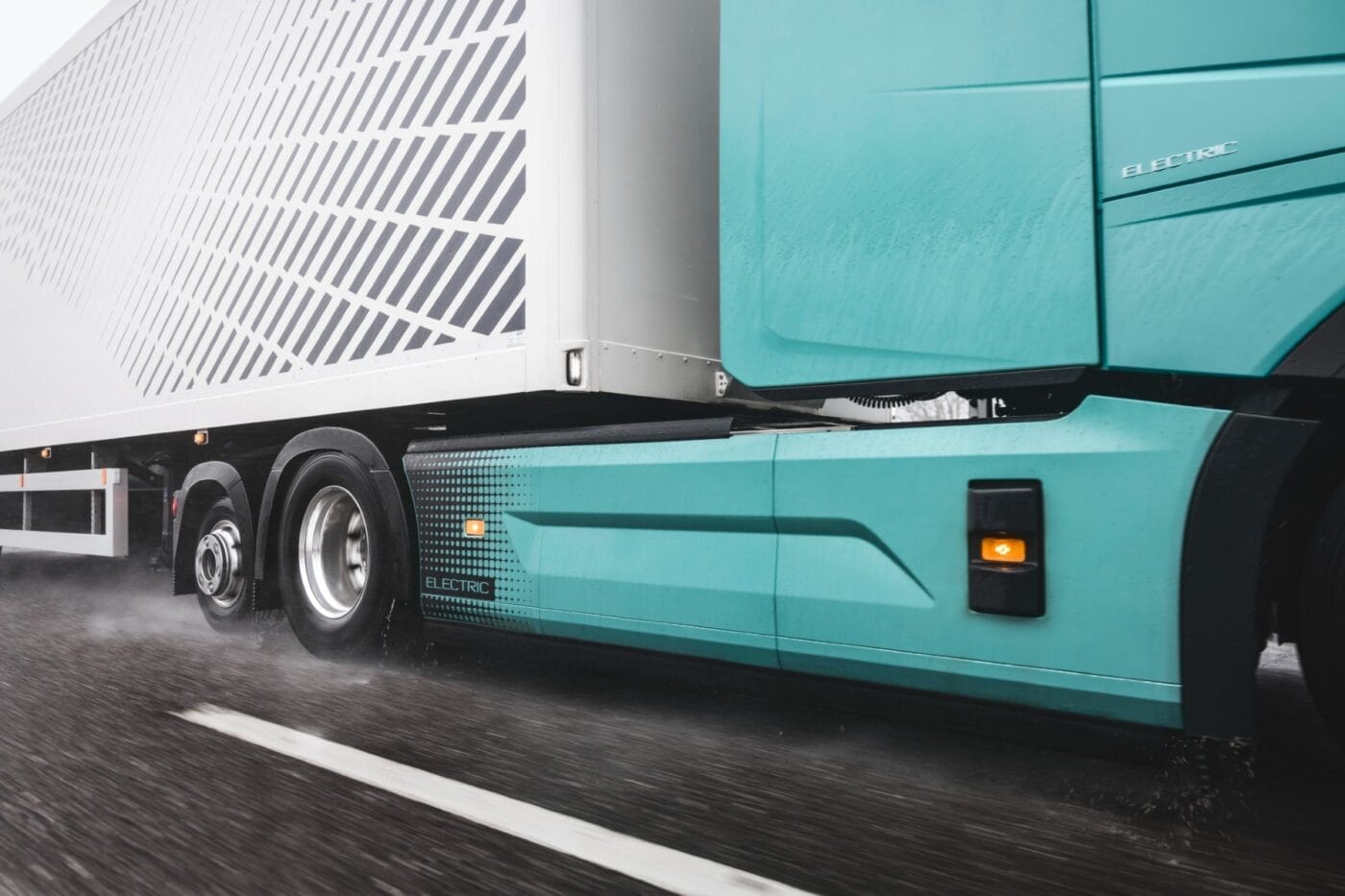
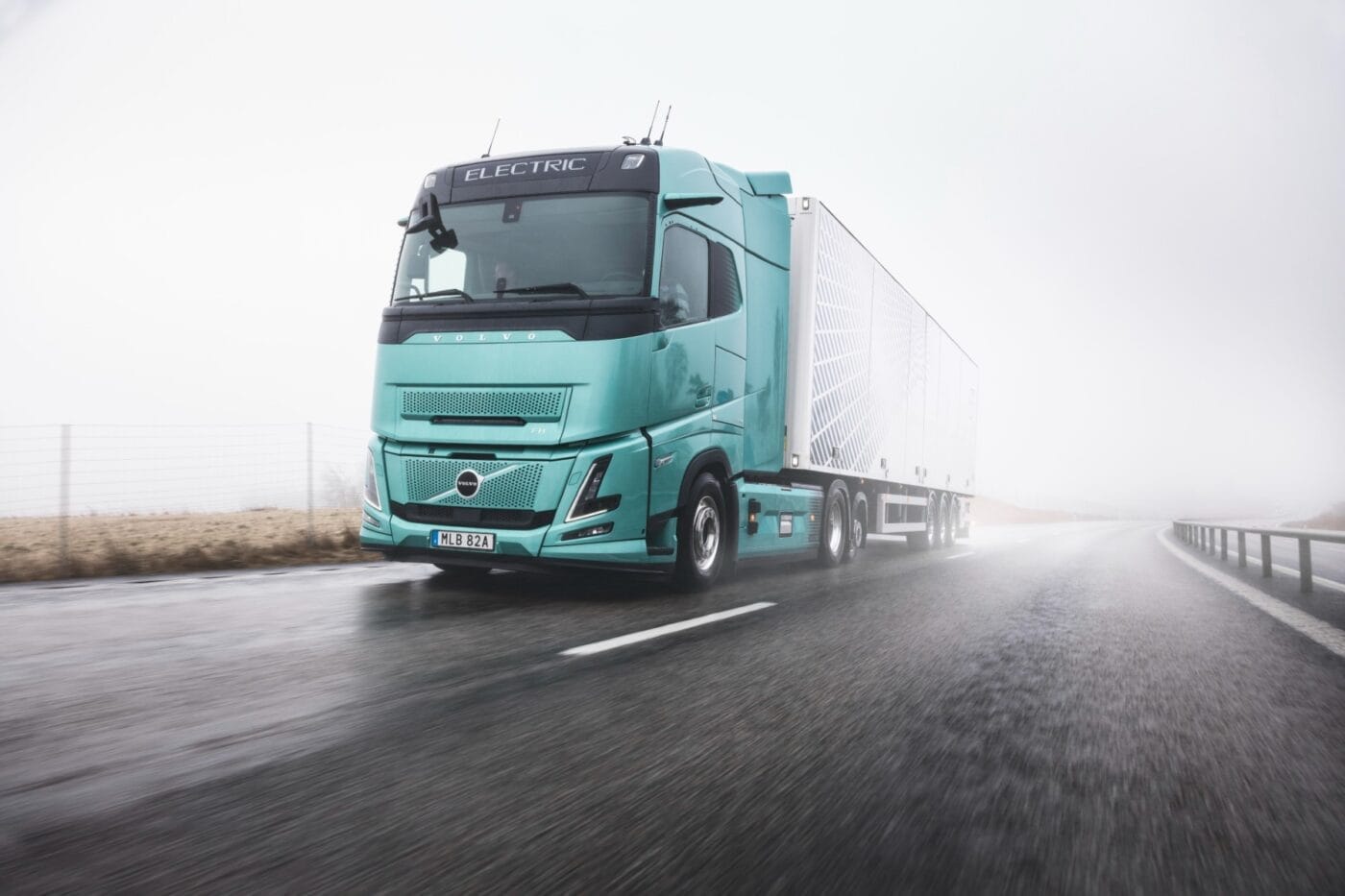
Let’s return to the officially confirmed specifications: according to the manufacturer, the batteries of the FH Aero Electric will be able to charge from 20 to 80 per cent in about 40 minutes. This fast-charging performance has been made possible ‘as the new electric truck is adapted to the new MCS (Megawatt Charging System) standard’, Volvo Trucks notes, without providing further details. The 40-minute charging time means ‘it can be done within the legislated rest period for truck drivers within the EU, thereby contributing to high productivity. With fast charging, this truck will allow for truly long-distance electric transport to take place within one day’. Volvo does not yet mention how fast the new model can charge via CCS. That would be of interest, as CCS remains the most widely available connector type for the foreseeable future.
Meanwhile, the Swedes continue to quote a range of up to 600 kilometres for the new electric truck. The wording is important here: whereas Volvo Trucks uses ‘up to’ to indicate an optimistic figure that may be undercut in adverse conditions, other manufacturers tend to state more conservative range values. This complicates comparisons. For instance, Daimler Truck quotes a range of 500 kilometres for the eActros 600 – but frames this as a conservatively calculated minimum range. How efficient the XXL electric trucks really are on the road will likely only become clear through day-to-day use.
Streamlined design and additional tag axle
It is clear that in addition to an especially aerodynamic cab – which the manufacturer offers not only for the electric truck but also for other powertrains – the new electric truck will also be available with a standard cab from the Volvo line-up. The first images now released by Volvo Trucks show the FM Aero Electric with the streamlined cab. The front is nearly sealed except for a few air intakes and a horizontal recess to redirect airflow; the cab appears smoothly clad and is fitted with a camera system in place of exterior mirrors. The sides have also been equipped with lower fairings. An additional tag axle is also visible, which, according to Volvo, can be lifted and steered and allows for diesel-like payload capacity. Furthermore, the 6×2 axle configuration is said to offer advantages in weight distribution ‘considering the weight of the extra batteries in combination with heavy trailers.’
Roger Alm, President of Volvo Trucks, described the new model as ‘a real breakthrough in zero-emission transport’. “Now, transport companies can operate really long distances with electric trucks without having to compromise on productivity. The superfast charging and high payload capacity make this a very competitive solution,” he said. In Alm’s view, long-haul electric trucks will play a key role in reducing CO₂ in the sector, “since this is where you can save the most per truck. This is positive news for transport companies and for society.” These are positive developments for both transport companies and society.
Some 4,900 electric trucks delivered worldwide
Volvo Trucks already offers eight battery-electric models covering urban and regional transport, construction and waste management. In 2026, long-haul transport will be added as another use case. Since the start of series production in 2019, Volvo reports it has delivered just over 4,900 electric trucks to customers in 49 countries.
Since the FH Aero Electric is considered an evolution of the FH Electric, a few final words on the latter: the current FH Electric is one of three heavy-duty electric truck models Volvo has been selling and building in series since 2022. The model is currently positioned for regional and interregional transport, alongside the FM Electric (for regional heavy-duty use) and the FMX Electric for construction applications. All three variants feature a driveline that combines three electric motors with Volvo Trucks’ I-Shift transmission. Peak output stands at 490 kW, with continuous power at 315 kW. The six batteries offer a combined energy capacity of 540 kWh, enabling a current range of around 300 kilometres.

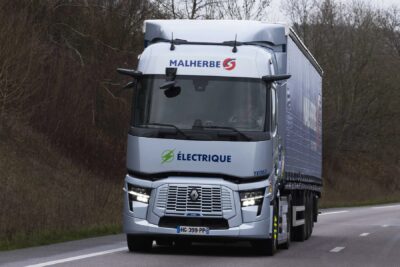

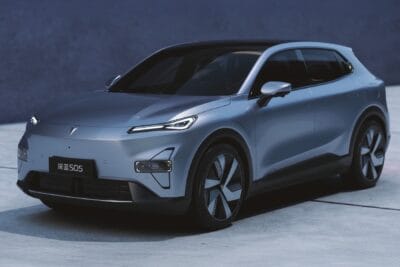
0 Comments